Darjeeling black tea which manor is good? Darjeeling Tea planting location to distinguish between good and bad tea.
The quality of high-quality tea depends on many factors, and sunlight, soil content and altitude have a great influence on the finished product.
However, there is another little-known factor: the sloping direction of the hillsides in the planting area.
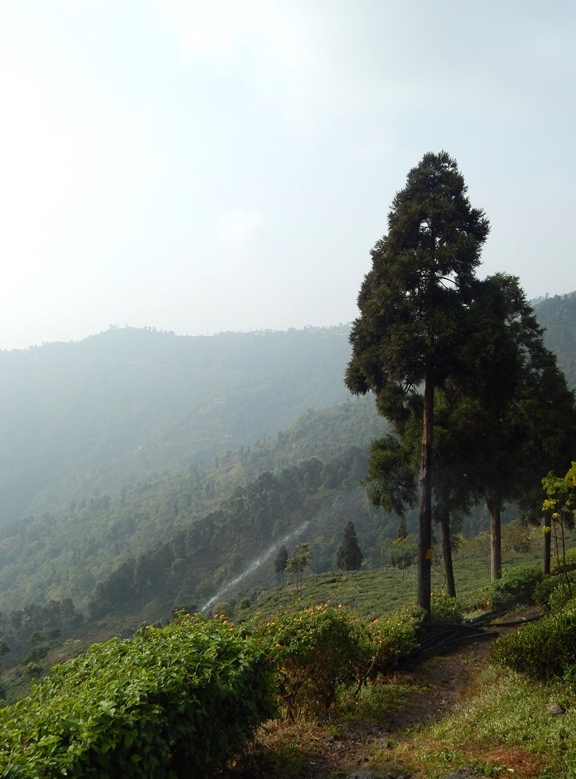
Rajesh Rajesh Pareekh, a tea maker, has run the respected Puttabong tea Estate tea garden in Darjeeling for more than 20 years. He claims that the best orientation for delicate spring tea is on the north-facing hillside, while summer tea tends to grow luxuriantly toward the southwest.
Parik believes that the north slope is the best place for spring tea to grow. The sunshine here is shorter, causing shrubs to grow new leaves in a process called flush, from which the term "flushing" is borrowed. This technique allows the subtle taste of spring-picked tea to slowly appear in a more complex taste.
However, for the stronger Darjeeling summer tea picking, direct sunlight is more important. Therefore, the tea trees on the southwest hillside are more suitable for summer tea, because a long period of sunshine will bring a strong flavor.
With regard to tea, it is often difficult to find strong scientific evidence, and the slope of the tea field is no exception. Most of the knowledge of these technologies is based on the "knowledge" accumulated by tea farmers over the years.
Ambar Subba, another Darjeeling veteran tea producer, talked about the tea slope phenomenon in his recently published book Darjeeling Tea and Darjeeling Tea Tree (Darjeeling tea and Darjeeling tea Bushes). In his works, Suba explores Darjeeling's new and old tea planting concepts.
Suba believes that no matter what season of black tea, the northwest slope can produce the highest quality tea. Due to natural shade and slow growth time, these slopes also attract beneficial insects, which are conducive to the growth process of tea. Insects such as thrips, also known as green flies, have a great impact on the quality of tea, and they are mostly found in cool parts of tea gardens.
Although there is a lack of solid scientific evidence on this issue, tea farmers have countless guesses about why the "invasion" of these insects can enrich the final harvest.
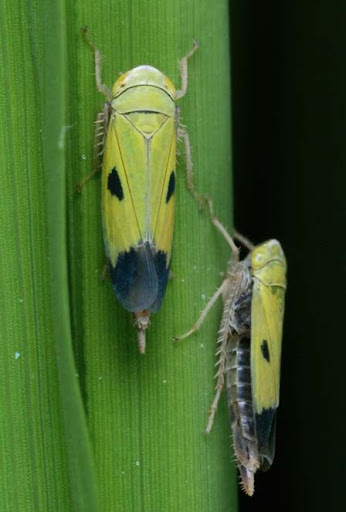
Although the invasion of insects may seem strange, many growers believe that insects absorb water from leaves and begin to wither before the harvest begins. Some people even think that this extends to the oxidation process, essentially giving tea a step ahead of the traditional factory production process.
When these insects "attack" the tea, the tea tree is filled with protective chemicals, which may bring the final taste to the tea bitten by the insects. But it is not clear how these chemicals, or the early stages of oxidation and wilting, can improve the quality of tea.
There is also a difficulty in creating favorable conditions for these insects, which is that they do not attract other unpopular pests, such as red spiders. Unlike Yashid or thrips, red spiders are highly destructive and often require remedial measures to control them.
Despite the challenges posed by this process, folk evidence suggests that it does have some impact on the final product, as the practice of encouraging leafhoppers and thrips to feed on tea has also developed in Taiwan. The reputation of Oriental Mei Oolong Tea is actually based on it!
However, returning to the tea garden in Darjeeling, Suba noticed another benefit of the hillside facing northwest: because of the natural shade, they retained more moisture and began the production season a year earlier than other tea leaves. This, coupled with their richer and more uniform yields, makes northwest slopes more popular, while eastern and southern slopes are exposed to drier conditions.
On such slopes, hybrid plants in Assam lose their leaves completely in winter, damaging the spring harvest and putting more pressure on the plants themselves. In addition, Chinese shrubs begin to wash later in the season, reducing the critical picking period.
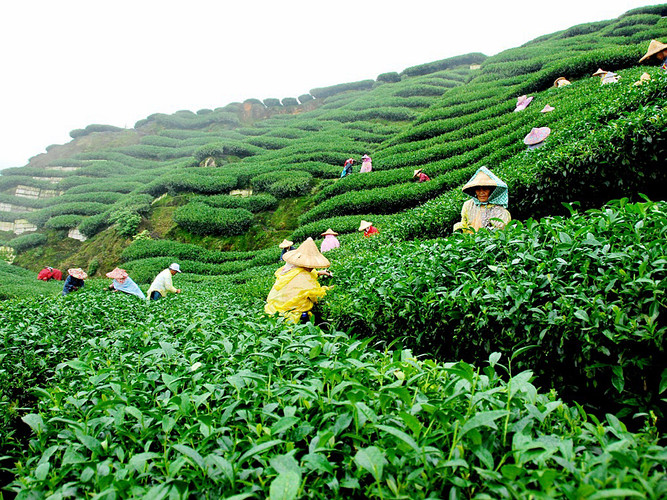
The study of tea sometimes seems daunting because there are too many things to learn and too many contradictory sources. Fortunately, we have experts like Rajesh Pareekh and Ambar Subba to guide us to better understand tea and its production, and if we are lucky, all of us can drink good tea!
Important Notice :
前街咖啡 FrontStreet Coffee has moved to new addredd:
FrontStreet Coffee Address: 315,Donghua East Road,GuangZhou
Tel:020 38364473
- Prev
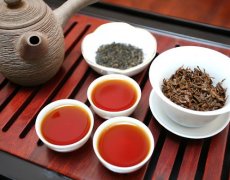
What does it mean to wash tea and wake up tea? how long does it take to wake up tea?
From childhood to childhood, every time I drink tea with my parents, in addition to Guangdong's unique hot washing utensils with boiling water, there is also an action that I still can't understand: rinse the tea, that is, pour the first tea! Yes, that's right! It's down! Of course, every time will ask the elders, why pour out, those are also the essence of tea, ah, pour out is not a bit of a waste
- Next
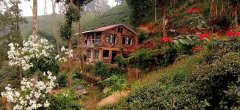
Darjeeling top tea estate in India | which brand of Darjeeling black tea is the most famous? Brand recommendation
Putapong Pattabong Tea Garden (also spelled as Puttabong) is a village in Darjeeling Pulbazar CD District, Darjeeling District, Darjeeling District, West Bengal, India. Puttabong Tea Estate is one of the largest tea gardens in Darjeeling, covering an area of 4.37 square kilometers (2 square miles) and a total area of 8.92 square kilometers (3 square miles). Putapeng Tea Garden is located
Related
- Beginners will see the "Coffee pull flower" guide!
- What is the difference between ice blog purified milk and ordinary milk coffee?
- Why is the Philippines the largest producer of crops in Liberia?
- For coffee extraction, should the fine powder be retained?
- How does extracted espresso fill pressed powder? How much strength does it take to press the powder?
- How to make jasmine cold extract coffee? Is the jasmine + latte good?
- Will this little toy really make the coffee taste better? How does Lily Drip affect coffee extraction?
- Will the action of slapping the filter cup also affect coffee extraction?
- What's the difference between powder-to-water ratio and powder-to-liquid ratio?
- What is the Ethiopian local species? What does it have to do with Heirloom native species?

